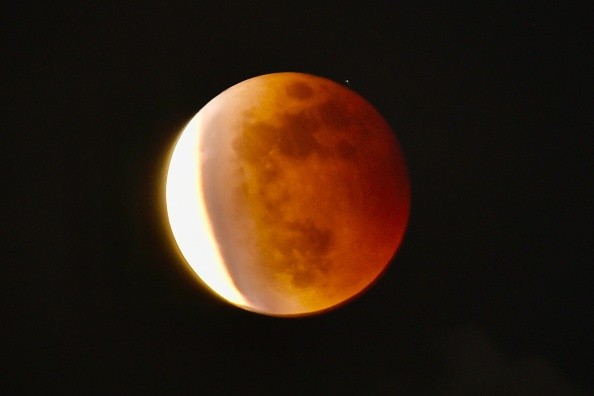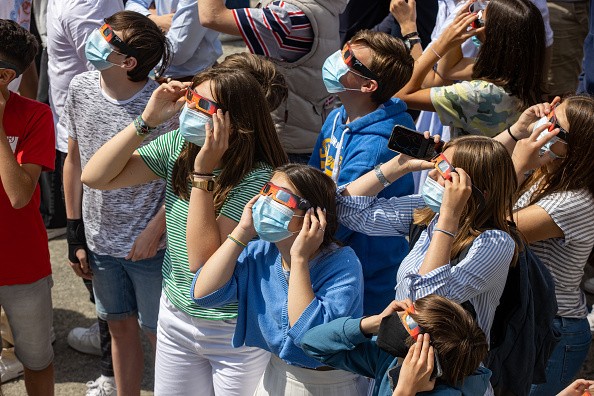Between Nov. 18 and Nov. 19, the longest partial lunar eclipse of the century will take place, and it will be seen in all 50 states in the US.

How Long will the Eclipse Last?
At around 2:19 a.m. EST (7:19 a.m. UTC), NASA predicts that the nearly-total eclipse of the Micro Beaver Full Moon will begin; it will peak around 4:20 am EST (9:20 am UTC), ending at 5:47 am EST (10:47 a.m. UTC). The eclipse will last for about 3 hours, 28 minutes and 23 seconds.
It's known as the Micro Beaver Moon because it comes at a time when beaver trapping season is about to begin.
The duration of the longest total lunar eclipse of this century will be dwarfed by this year's partial lunar eclipse, which covers 97 percent of the full moon and lasts for 1 hour and 43 minutes.
There will be a 580-year-old record for the longest partial lunar eclipse, according to Holcomb Observatory at Butler University in Indiana.
During a lunar eclipse, our planet's shadow falls on the moon as it passes between the sun and the moon. It is possible for the shadow to obscure all, or most, of the sun's rays, giving the moon a rusty red color.
Despite being obscured by Earth's umbra (the deepest portion of its shadow), light from the sun bends around our planet and passes through our atmosphere to reach the moon. This causes the moon to seem reddish.
Earth's atmosphere is able to filter out shorter wavelengths of light and allow longer wavelengths to pass through. After passing through the Earth's atmosphere, these mahogany-red and orange wavelengths continue their journey to the moon, illuminating it.
Places the Eclipse will be Visible
Visit timeanddate.com to find out the precise eclipse times for your area. North America, the Pacific Ocean, Alaska, Western Europe, eastern Australia, New Zealand, and Japan will be able to see the eclipse.
It is possible for eclipse observers in eastern Asia, Australia, and New Zealand to witness the eclipse at its peak even if the early portions of the eclipse occur before the moonrise. As a result, spectators in South America and Western Europe will witness the eclipse peak before the moon has set.
As a result, the eclipse will not be seen in Africa, the Middle East, or western Asia. Checking the weather forecast before heading out to see the lunar eclipse is essential.
There will be another complete lunar eclipse between May 15 and 16, 2022, followed by another one between Nov. 7 and 8, according to timeanddate.com, if you miss this one.

How to Watch the Eclipse From Anywhere Around the World
If you want to keep track of the moon's movements online, there are many possibilities. These video streams are a wonderful backup option if you encounter overcast weather or if you just do not want to stay up late or wake up early to witness the eclipse in person because of other responsibilities.
On November 18, at 11 p.m. Pacific Time, the Virtual Telescope Project will go online with coverage of the eclipse (7 a.m. UTC on Nov. 19). VTP is partnering with astrophotographers from all across the globe, and astronomer Gianluca Masi will be providing live commentary during the event.
Timeanddate.com has prepared for its own webcast, which will begin at 11 p.m. PT on Nov. 18 and running through the end of the month.
For more news, updates about lunar eclipse and similar topics don't forget to follow Nature World News!
© 2025 NatureWorldNews.com All rights reserved. Do not reproduce without permission.





